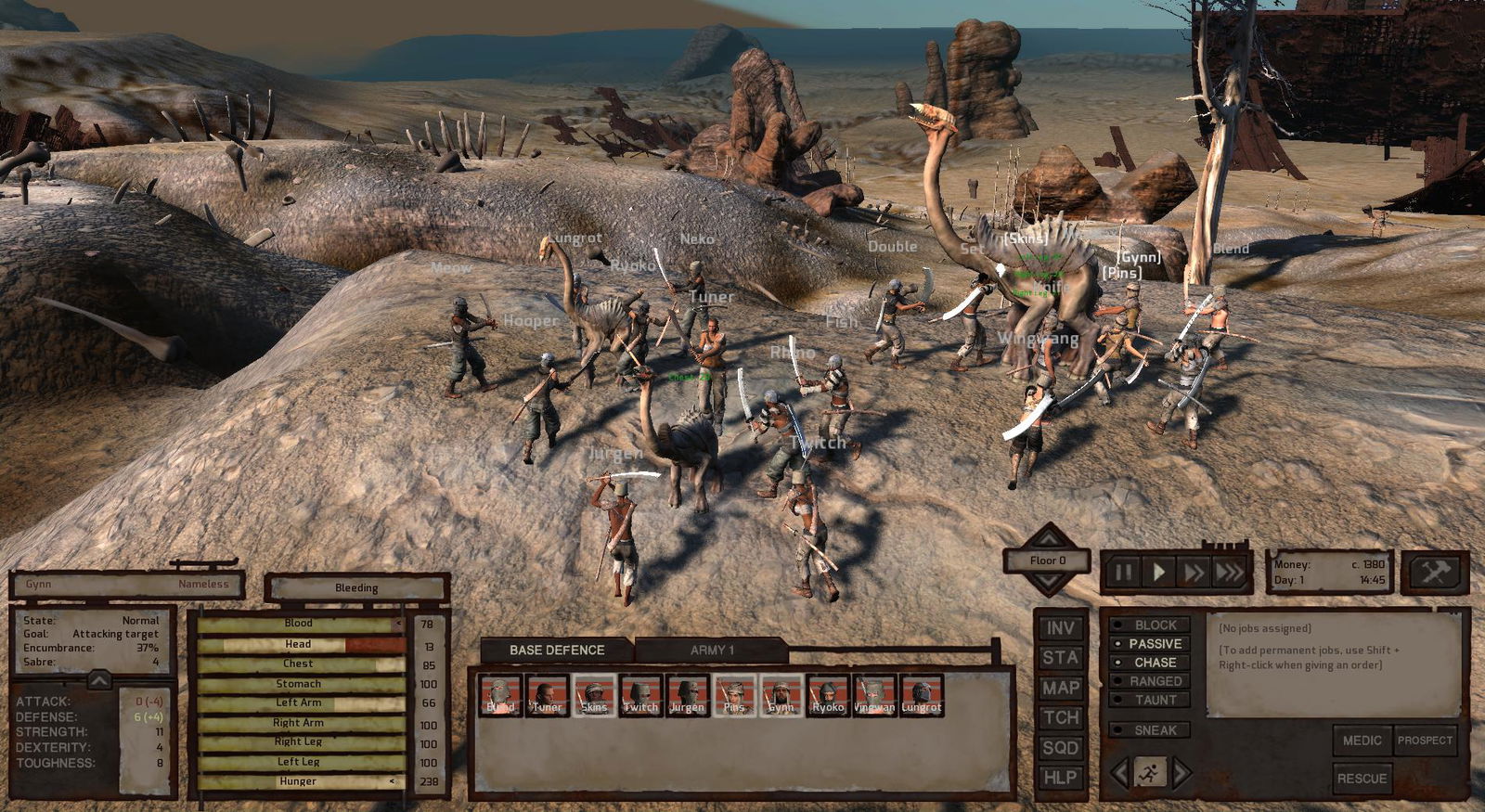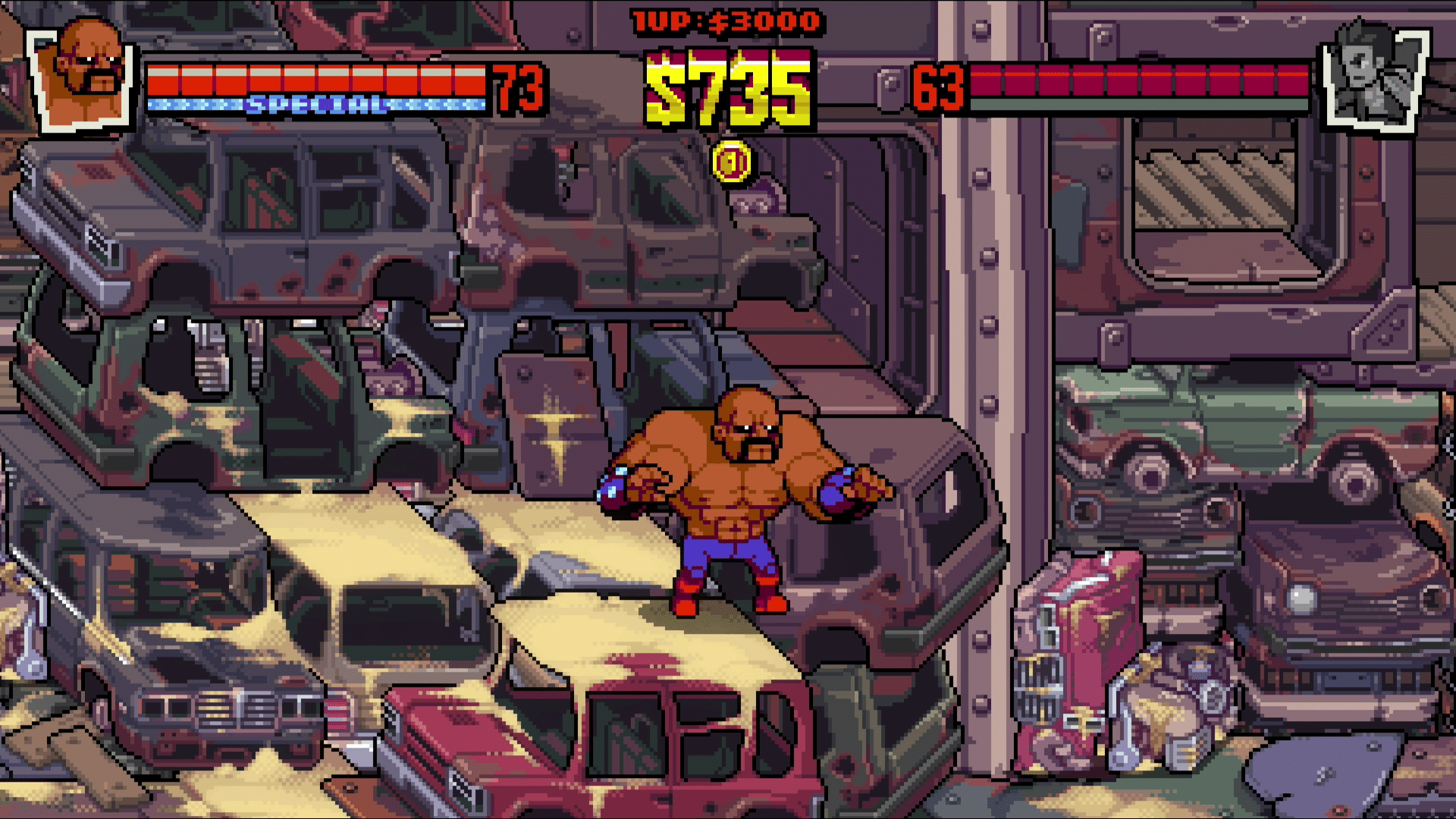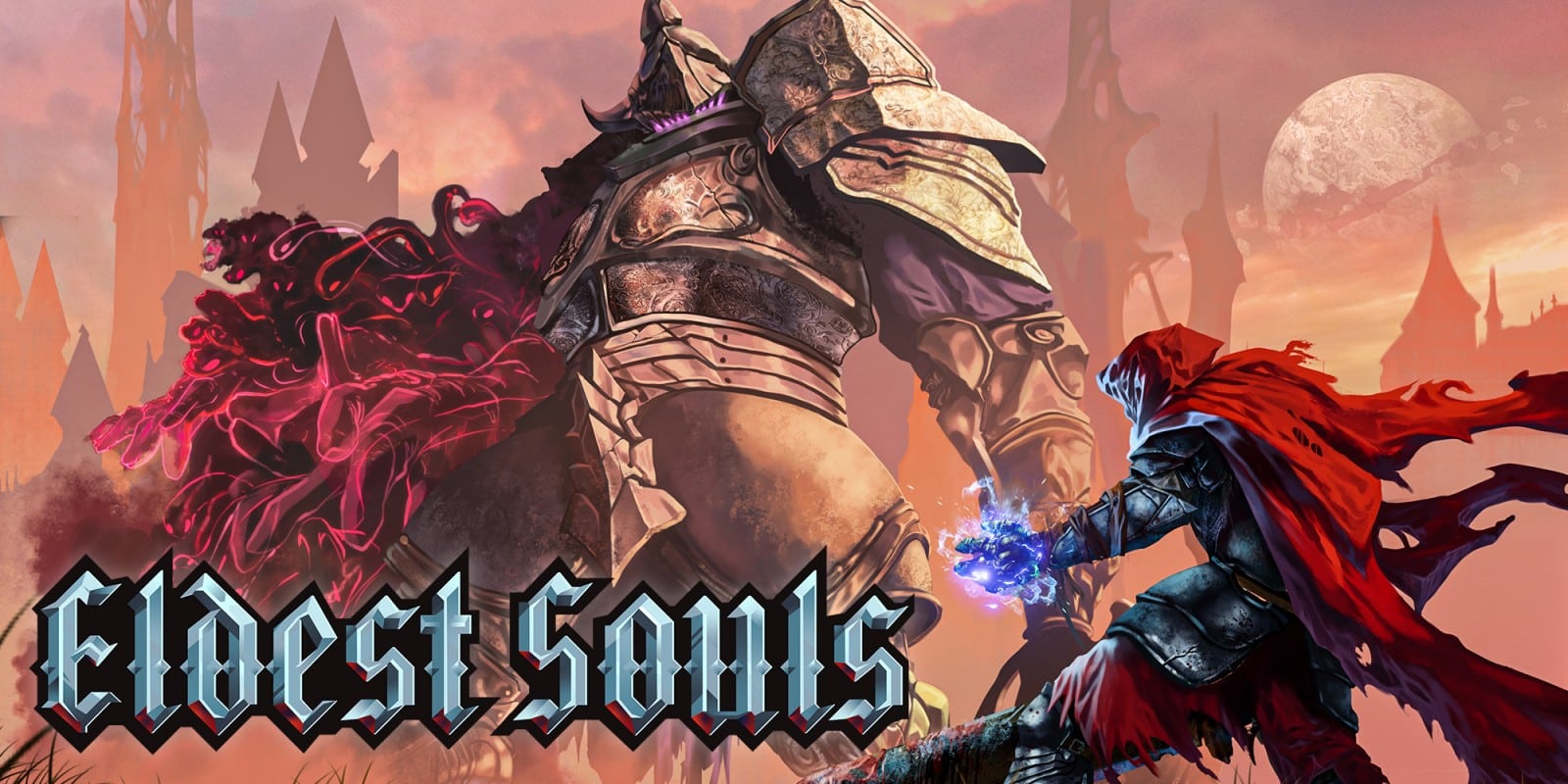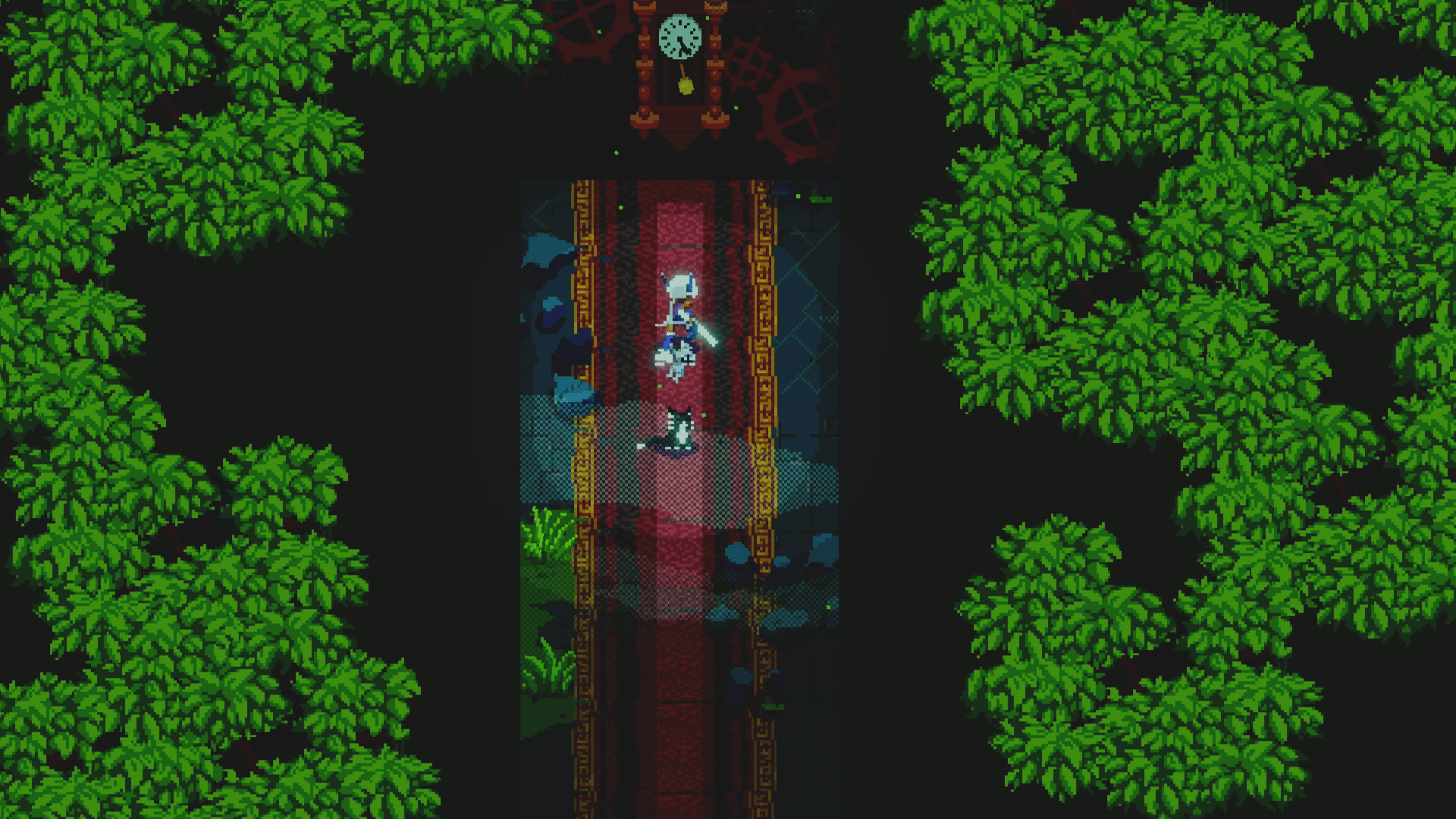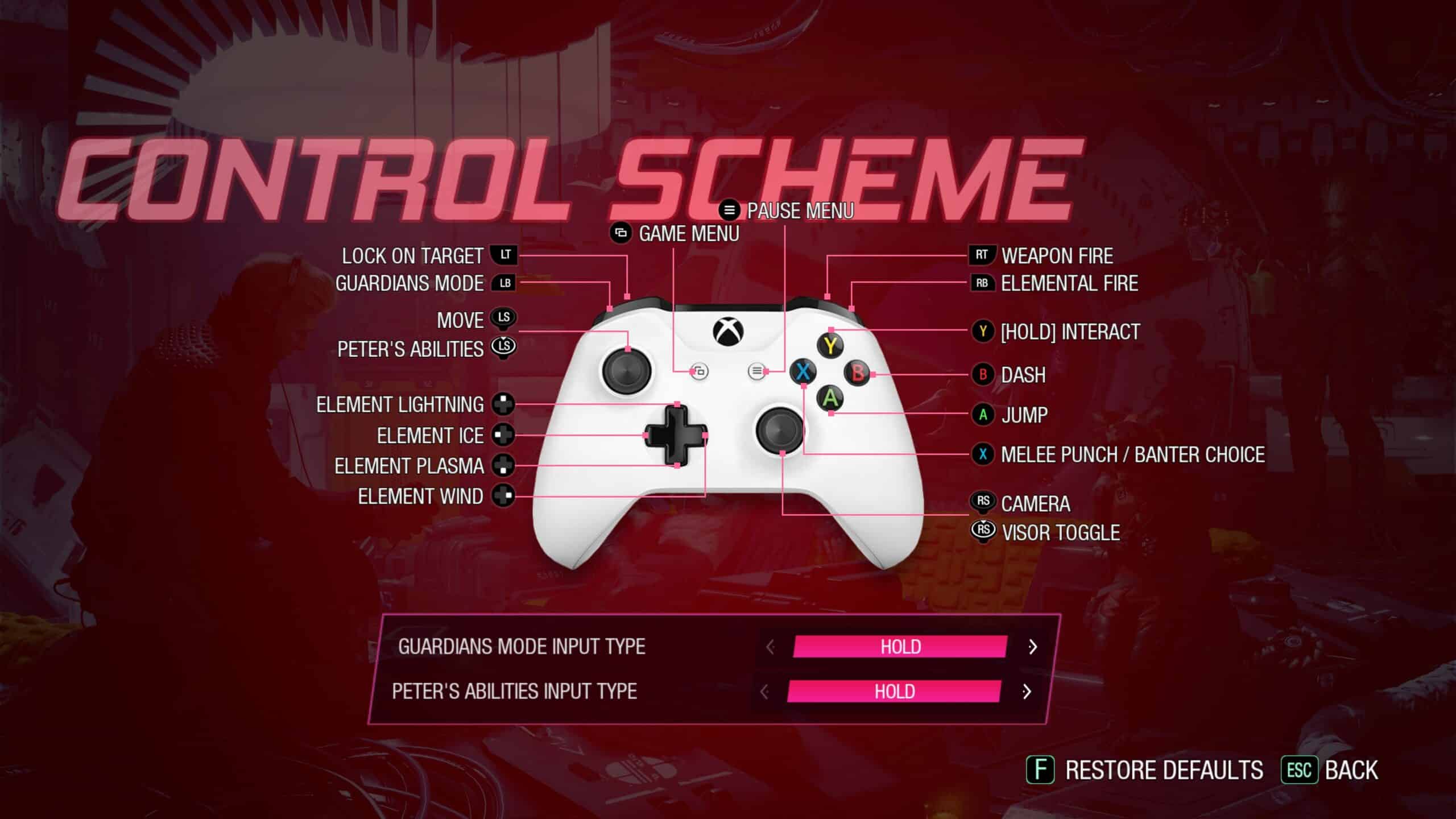In 2022, FromSoftware walked away with the prestigious Game of the Year award for the exceptional evolution of their open-world Souls formula with Elden Ring. Then, in 2024, the developer nearly did it again with the Elden Ring expansion, Shadow of the Erdtree, managing a Game of the Year nomination. Needless to say, many of us have been standing by for whatever FromSoftware had in store next to enjoy their latest punishing yet rewarding playground . What none of us had on our bingo cards, however, was a roguelite spin-off that brings all-new mechanics to the pre-existing GOTY framework and bundles it up in an infinitely more sessionable, co-op package.
Elden Ring Nightreign is an experiment borne from the minds of the developer whose Souls games are responsible for countless rage quits and tear-filled triumphs. Instead of a sprawling open world, ready to be explored at the player’s leisure, Nightreign offers up a frantic sprint across the single, smaller scale map of Limveld that continually shrinks the playable space like popular battle royale titles. “Where we dropping, boys?” is not a question I thought I’d ask in a Souls game, but here we are. Admittedly, the initial drop-in is much more fixed than the aforementioned competitive genre, but hurriedly discussing which points of interest to hit first upon landing on the ground brought a much different vibe than the first time I summoned a friend in Elden Ring.
You see, Nightreign is built around 3-player co-op. with each person looking to quickly gain levels and acquire more powerful equipment. Various points of interest, which are shaken up across successive playthroughs, litter the map and offer ways to achieve these goals. Dilapidated churches bestow extra flask charges; mines promise higher tier smithing stones for upgrades; sites of grace restore health, clear statuses and offer streamlined level ups; and bosses award weapons, talismans, and general stat boosts (e.g., stamina upgrades). A toggleable detailed view of the map outlines these areas and the focused rewards they contain, enabling players to better plan out their ever-constricting pathways to snag desired loot before the final boss battle is thrust upon them.
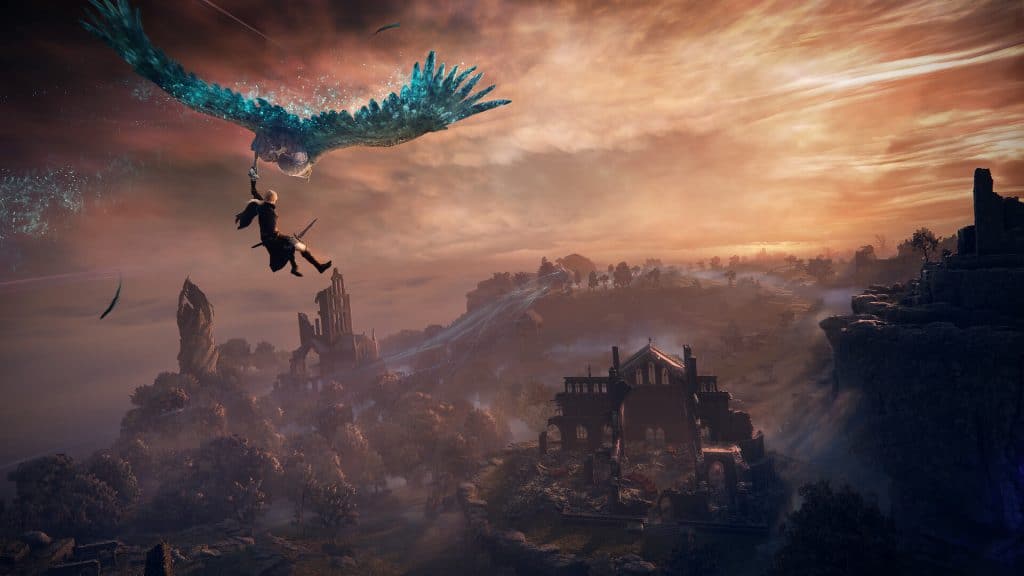
Plenty of Character
Expeditions, as these boss-focused runs are called, take place across three in-game days. On the first two days, players are attempting to outpace that shrinking death circle as they collect gear before they are herded to a safe zone under the glowing Erdtree, where the day’s lightly randomized boss appears. Assuming players survive those two days, it’s off to a stretch of desert—the arena is similar to the one from the original Radahn boss fight—to face off against the main (and formidable) Expedition target, known as a Nightlord. Having a coordinated team playing to their strengths makes these endeavors notably easier, which means understanding the chosen characters.
Elden Ring Nightreign doesn’t feature classes in the traditional sense. Vagabond, Samurai, Confessor and the lot aren’t here. Instead, there are eight preset characters: Duchess, Executor, Guardian, Ironeye, Raider, Recluse, Revenant and Wylder. Each of these options comes equipped with unique skills in the form of a passive skill, character skill and Ultimate Art. For example, Wylder is a jack-of-all-trades warrior that is equipped with a grappling hook, a poise-shattering explosive bolt and the ability to survive a death-dealing blow once per life (or site of grace). Ironeye brings a refined archer playstyle to the Souls lineup, eliminating that pesky arrow quantity problem. Empowered by infinite ammo, Ironeye can strike from afar, albeit with a notable damage drop-off, and set damage-boosting marks to foes. The Guardian acts as a tank, blocking tons of damage and pulling aggro. But this bird-man can also utilize his wings to create a whirlwind or soar into the sky before crashing back to earth, creating a protective shield for the team.
Figuring out the team synergy is part of the fun. An early team composition of Ironeye’s ranged status application, the Executor’s Sekiro-style deflection mechanic, and the Revenant’s summons made for a wildly entertaining trio on the battlefield. Communicating with the team is a core component, as everyone should agree where to go first. However, this falls apart if relying on the game’s built-in matchmaking. With no voice chat included, random players are reliant on a simple ping system to relay desired points of interest. Nightreign is fully realized with a group of friends who are all working closely together to succeed in their joint pursuits. Over time, players gain familiarity with the map’s offerings, generating confidence in identifying opportunities and prioritizing locations. This gained knowledge is best served in a known group environment, instead of watching its value diminish as two random players split off to engage every inconsequential mob, wasting precious time.
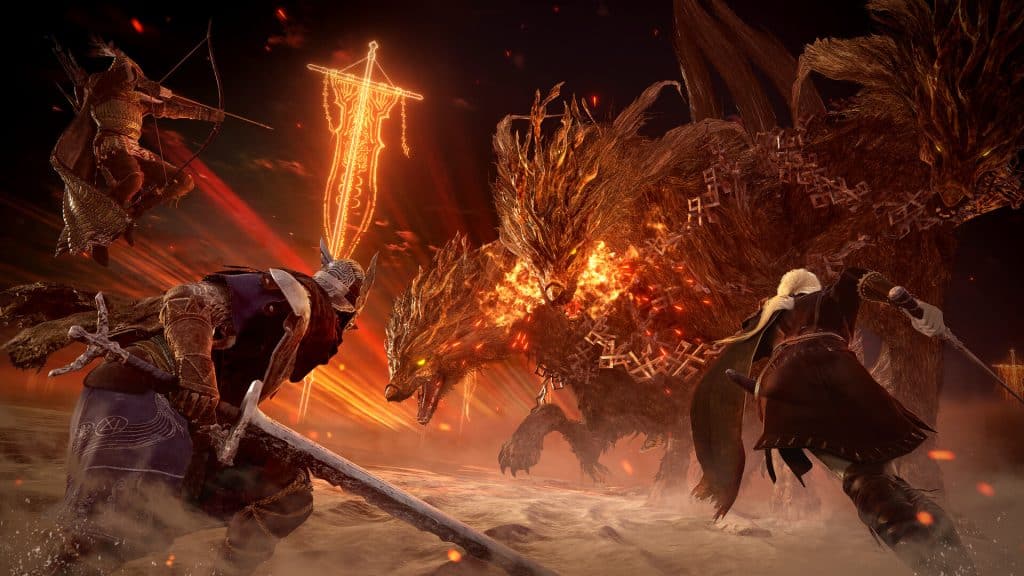
Sped Up Souls
It’s surprising, and a bit overwhelming early on, how quickly Elden Ring Nightreign moves along. There’s little time to assess the available options with the constantly encroaching circle of death borders closing in. At least, that’s the case until players adjust to the different flow. Thankfully, FromSoftware has simplified virtually every one of Elden Ring‘s menus, saving precious seconds. Unfortunately, sometimes those hoarded seconds are wasted on the game’s completely rigid wall climbing mechanic. Jumping up a wall often left me watching Ironeye fail to consistently pull himself up onto a ledge as the circle enveloped him. But, hey, at least the new surge sprint (read: enhanced dash) slightly softens the blow of Torrent’s absence. The breakneck speed coupled with sometimes cumbersome traversal mechanics mostly became problematic in very specific areas with above normal verticality.
Shifting Earth events, which drastically change up the environment, could create such scenarios. The crater event, for example, creates a deep, lava-filled area brimming with enemies and rewards. It’s a visual splendor sprinting through the red-tinted spaces, but exiting the area wasn’t always a simple process (especially when the circle eliminated time for any errors). It is worth noting that the first patch to hit Nightreign may have addressed this mantle problem, but further testing is required. With that piece aside, it’s fairly impressive how a static core map can manage to be so replayable because of the various events. The previously referenced crater isn’t a guaranteed spawn; sometimes it’ll be a boss invasion—Nightreign is a PvE-exclusive game; there is no instance of PvP present, meaning you needn’t worry about hostile players invading an expedition.
Even without other hardcore players popping in to cut players down, victory is far from certain. This is still a FromSoftware game, and that means plenty of challenging gameplay. While death is still punishing, resulting in the loss of gained levels (if not ending the entire run), it can be more easily avoided this time around. A revival system enables players to resurrect each other by attacking the downed player’s crawling corpse. It feels weird to assault friends in an attempt to bring them back, but it makes for funny moments. Many times I tried to desperately thwack at my friend while an Expedition boss relentlessly swiped at me. And then I’d quickly find myself crawling on the ground, too. Of course, solo players miss out on these moments and mechanics entirely, not that I’d recommend playing the game alone; despite FromSoftware claiming that single player runs are viable, the game is not at all scaled for this type of play.
Failing a run isn’t a crushingly negative experience. Not only are character and map knowledge gained from each attempt, Relics are also rewarded. Each character has their own chalices which can hold up to three Relics in color-coded slots. Collecting these Relics can make for game-changing capabilities right out of the gate. Character-specific Relics granted from completing character-specific substories (called Remembrances) boost their playstyle even further. Mixing up Relics to focus on ailments to match the status weakness of an Expedition boss and to boost a character’s highest scaling stat gave rise to a growing sense of power even when runs didn’t end with a vanquished Nightlord.
Elden Ring Nightreign Review Verdict
Elden Ring Nightreign: Elden Ring Nightreign is a successful experiment, although it doesn't quite reach the lofty peaks of its 2022 origin. The 3-player co-op roguelite cranks up the speed and makes each sub-hour run an exhilarating challenge to chew threw. The inconsistency of random matchmaking and a poorly scaled solo experience drag down the overall experience, but those with a fixed group are in for a treat. – Joshua
[Editor’s Note: Elden Ring Nightreign was reviewed on PC and a copy was provided to us for review purposes.]




